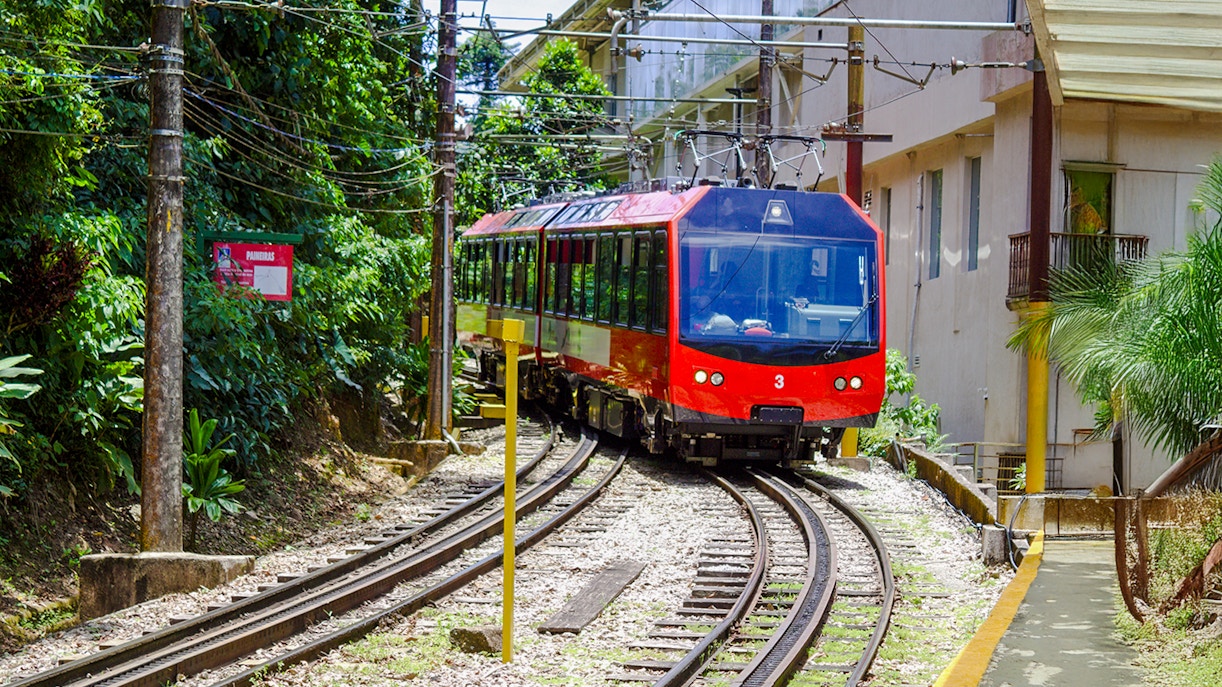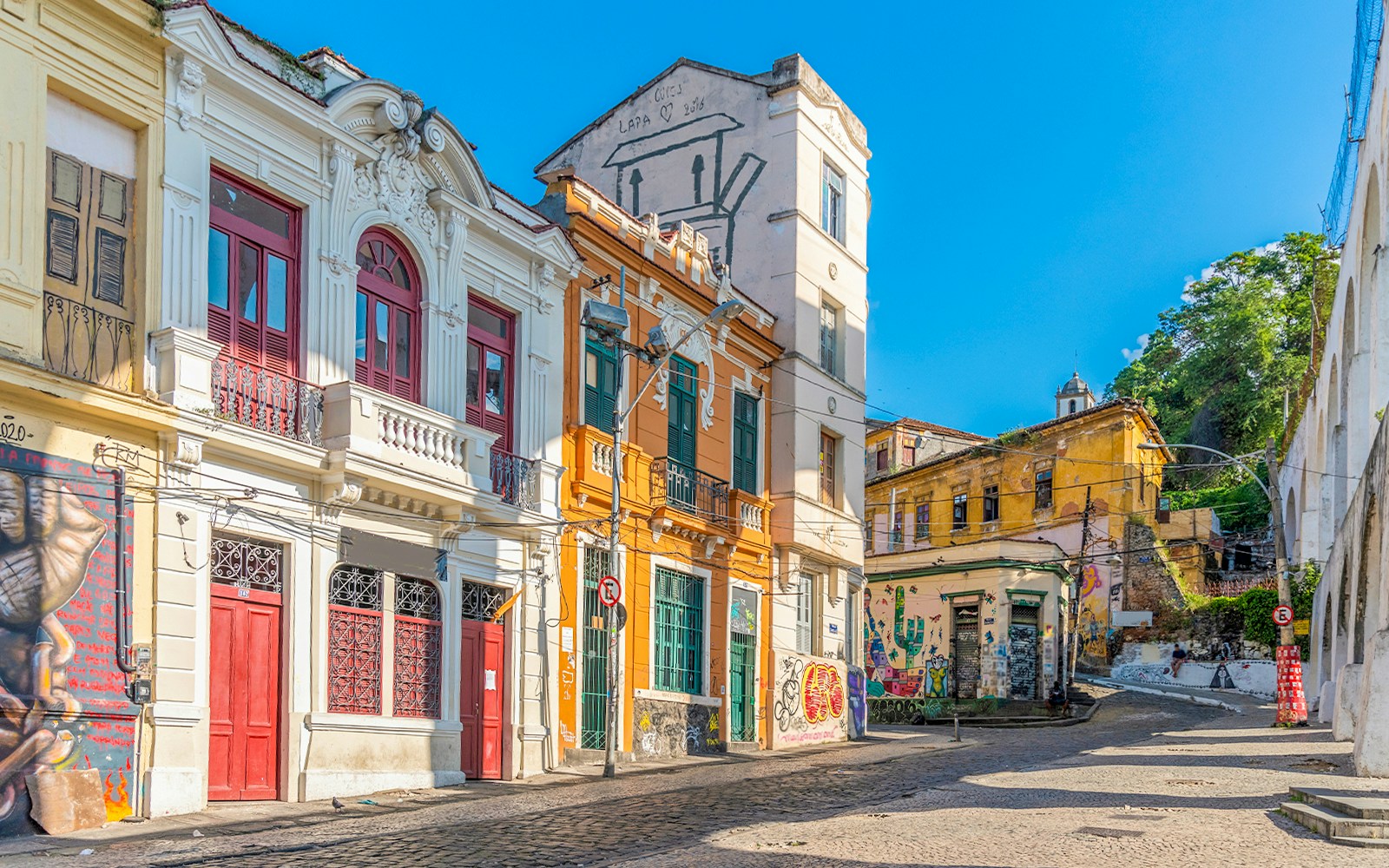Book Rio to Christ the Redeemer day trips
Know before you book a day trip
When planning how to visit Christ the Redeemer, your choice comes down to time, comfort, and what else you want to see in Rio.
Christ the Redeemer–only tours focus solely on the monument. Perfect if you want an unhurried visit to the statue itself. You can choose between the official train through Tijuca Forest or a van transfer to the summit. Both include timed-entry tickets and return transfers, making them the most direct and convenient way to reach the top.
Half-day city tours pair Cristo Redentor with 2-3 nearby attractions such as the Selarón Steps and Sugarloaf Mountain. These are ideal if you want a quick overview of Rio without committing to a full itinerary.
Full-day tours cover the city’s complete circuit—Christ the Redeemer, Sugarloaf Mountain, Selarón Steps, Maracanã, and the Sambadrome, with hotel pickups, a guide, and lunch included.** Prefer a slower pace? Sunset tours** start with Christ and reach the Sugarloaf Mountain later in the day for softer light and fewer crowds, offering a spectacular end to your Rio visit.




























